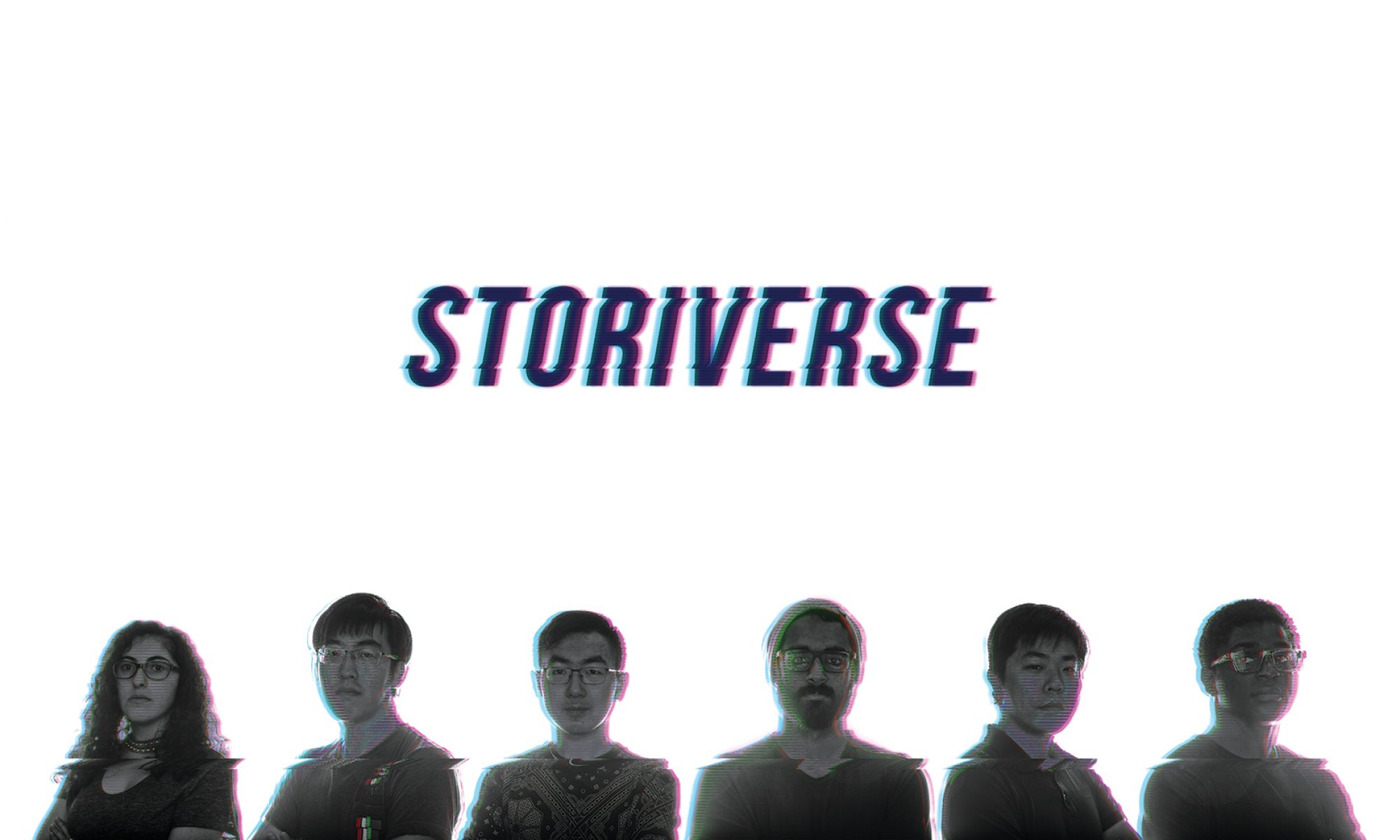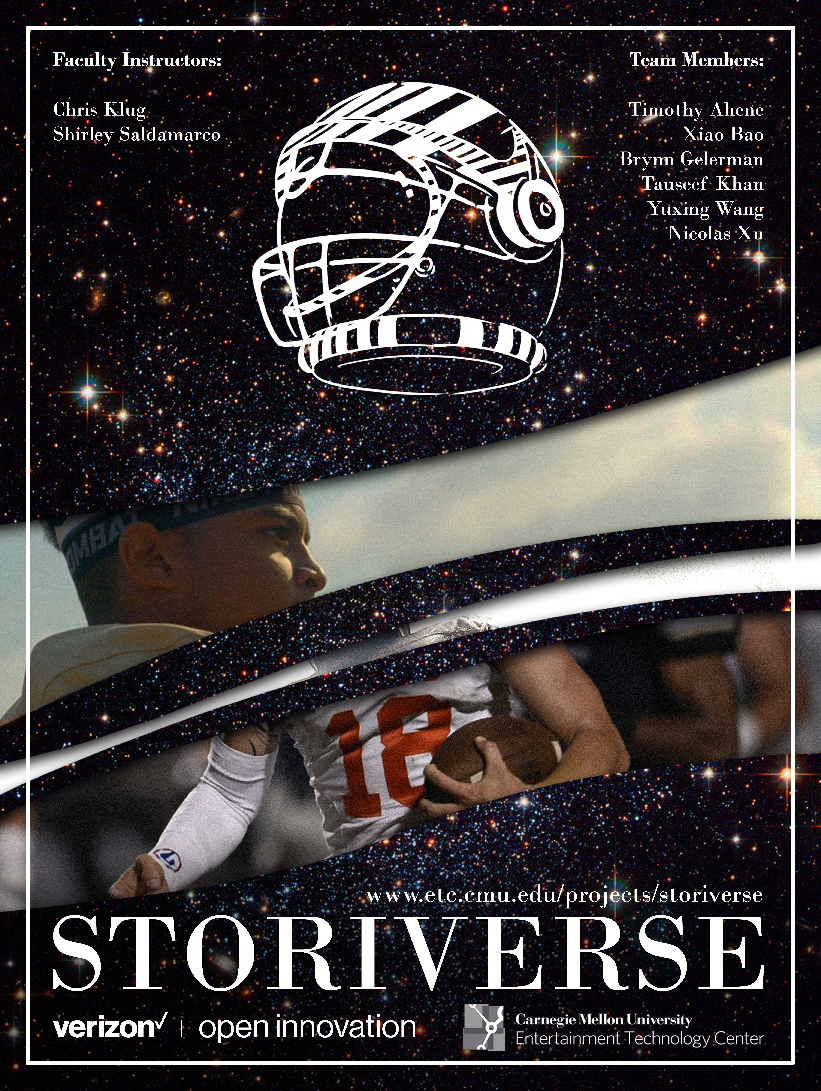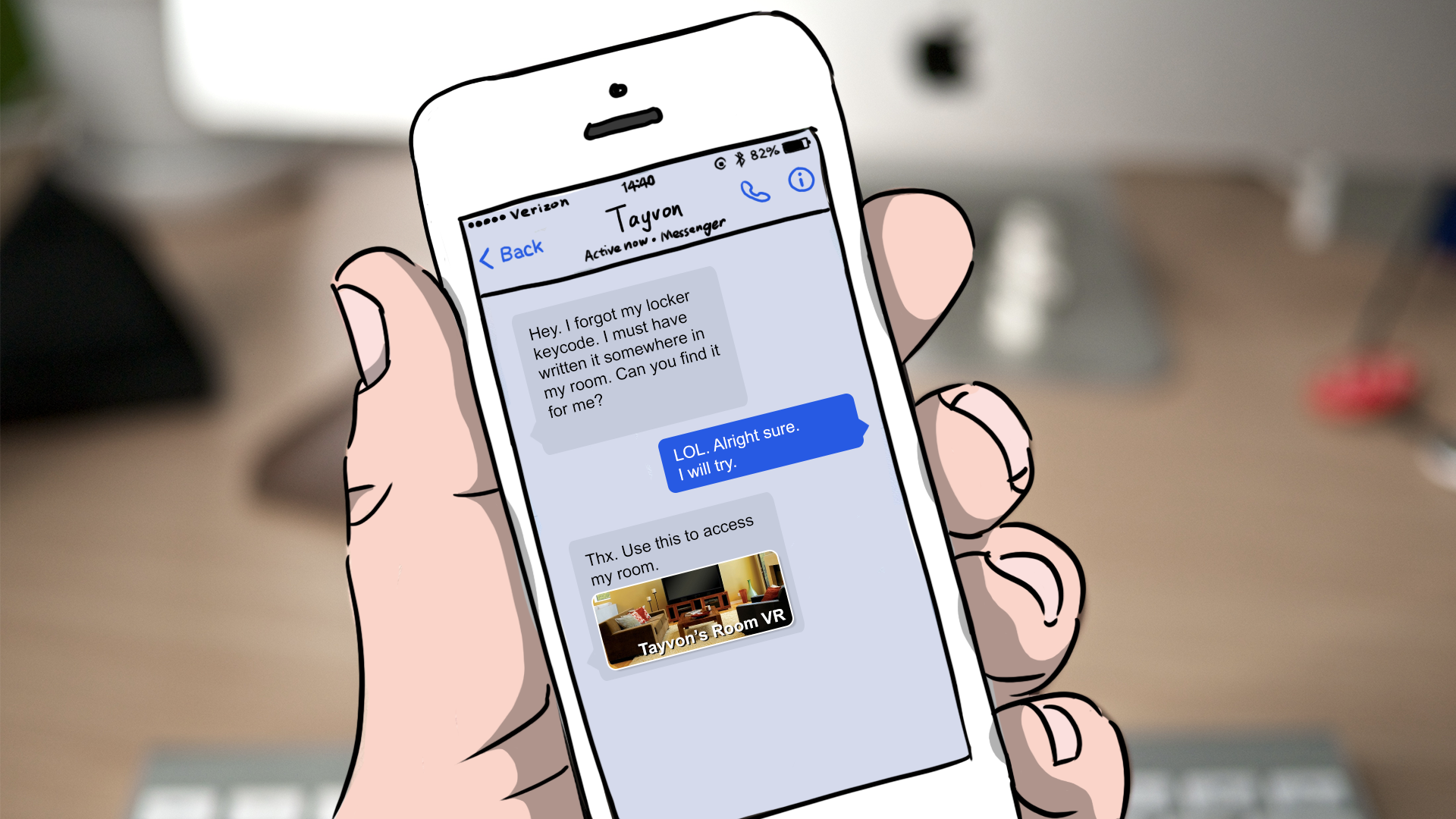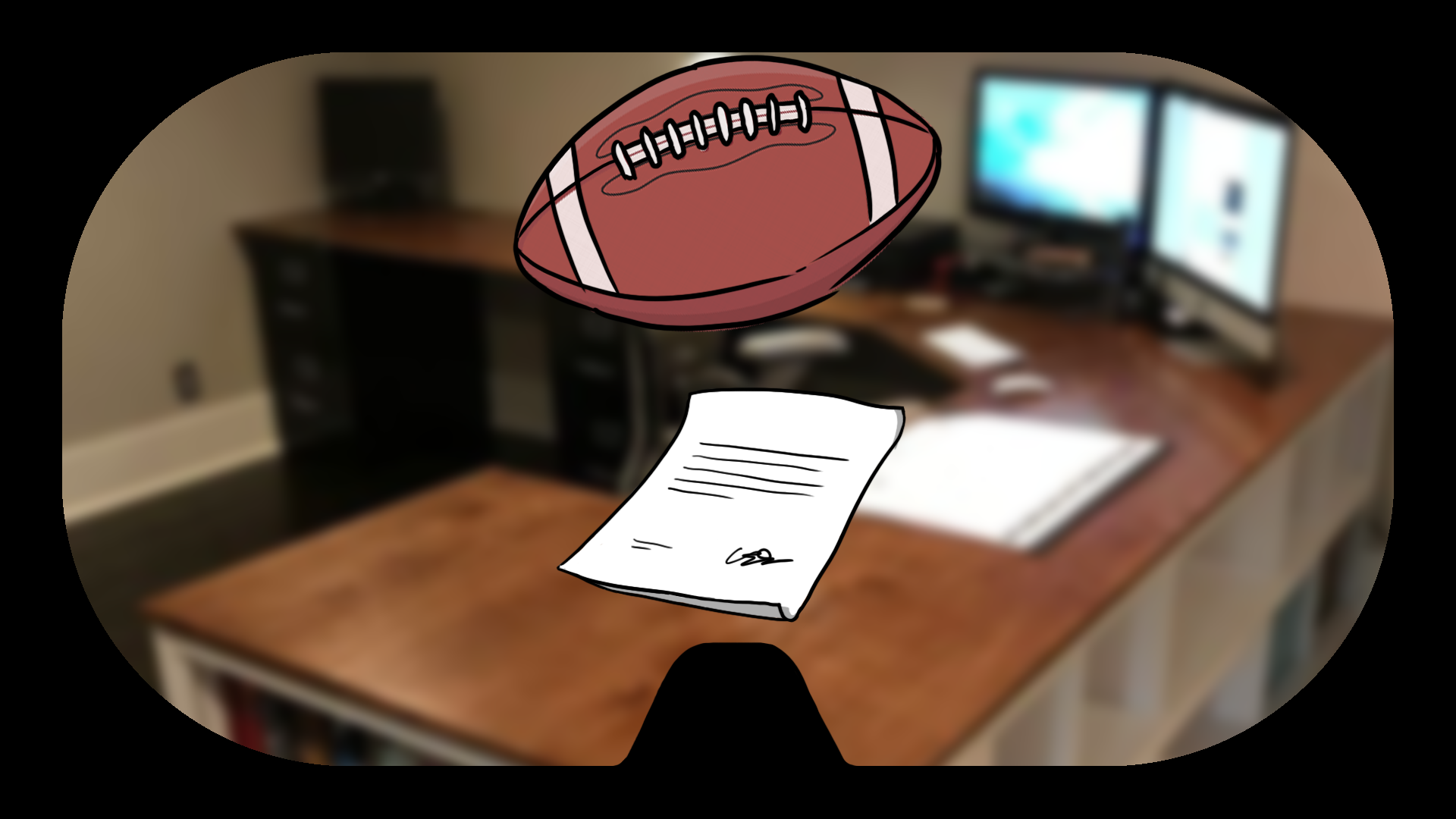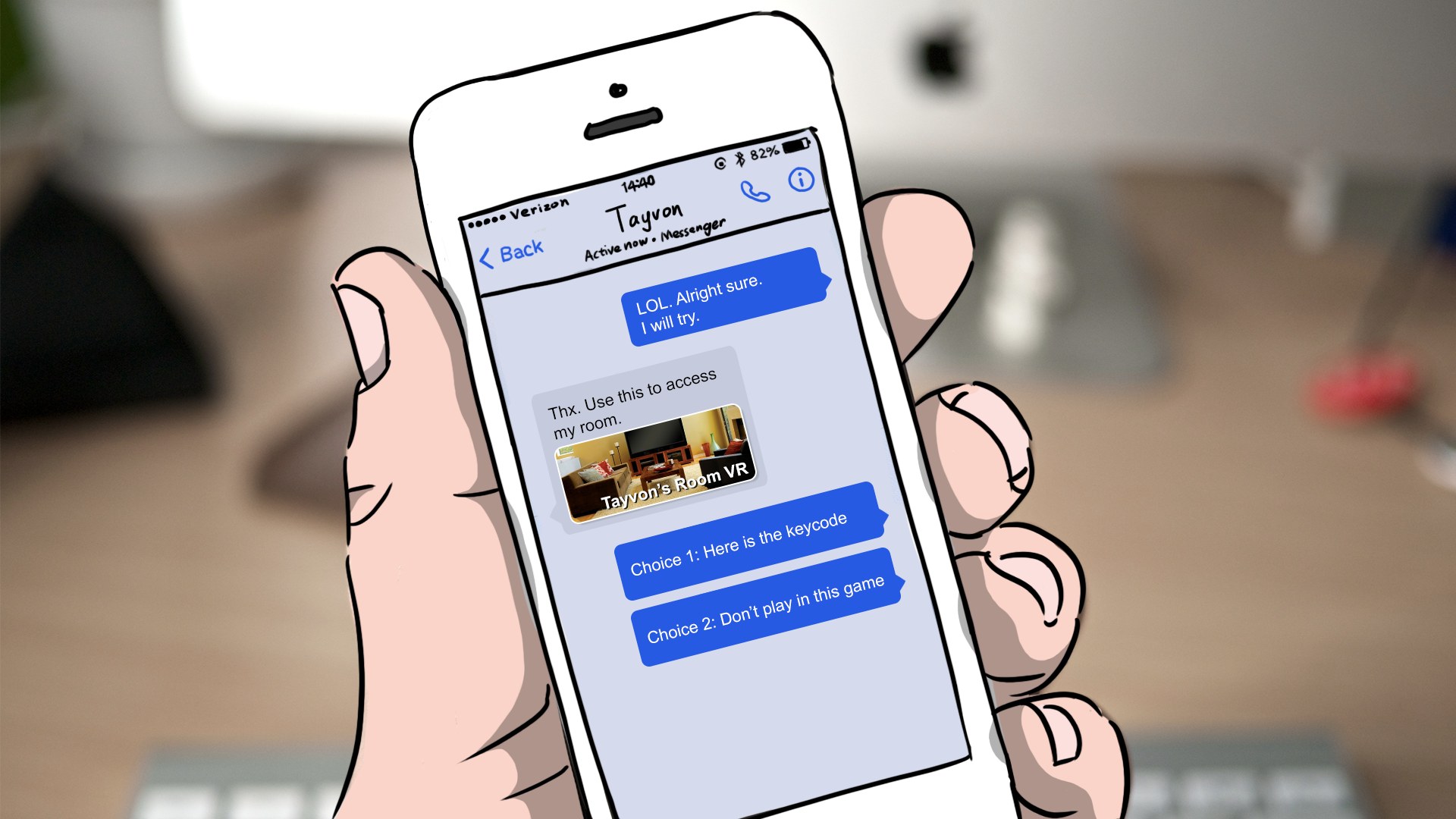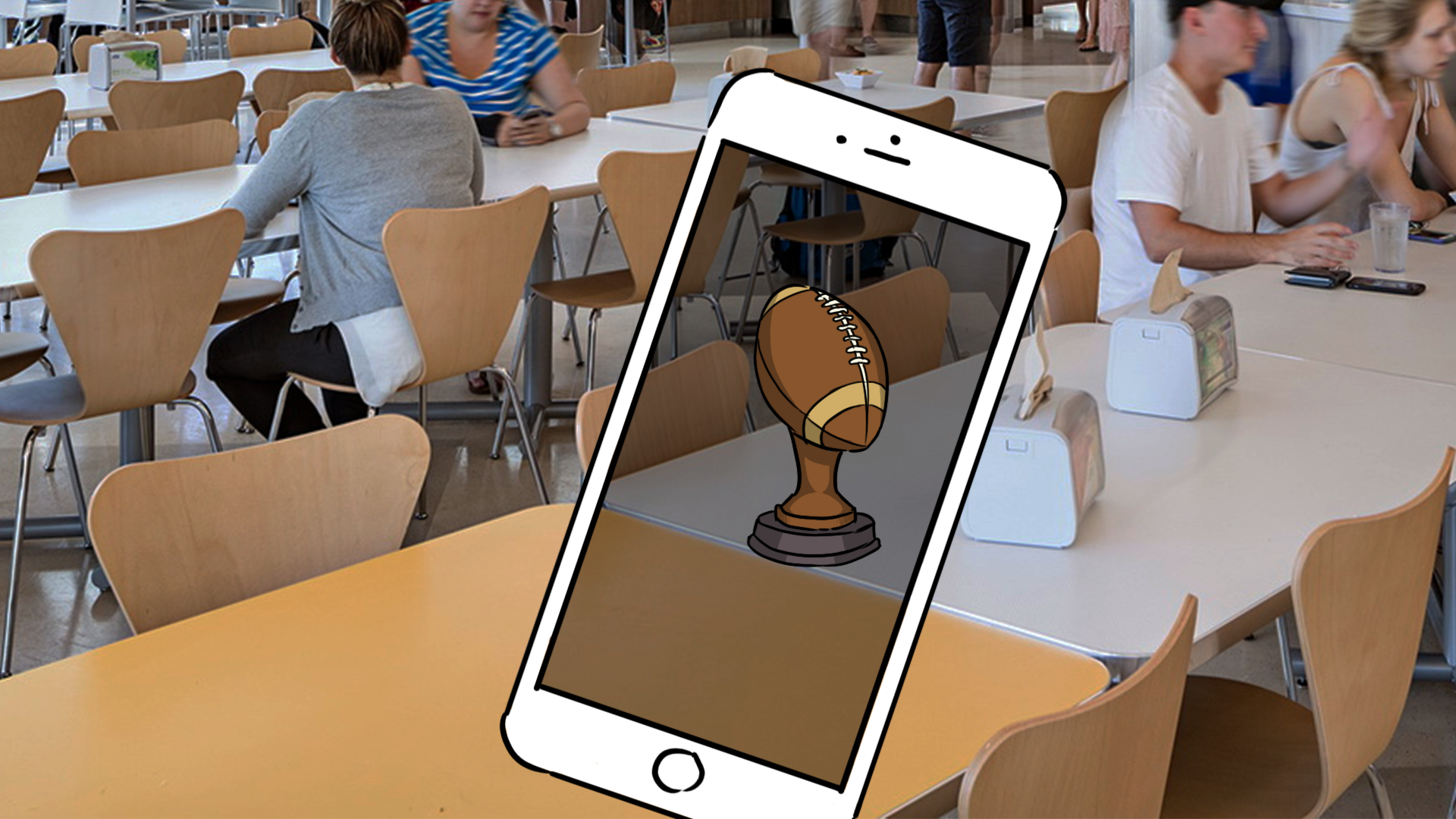This week on Saturday, we had our ETC Playtest Day! Playtest Day is a proud tradition of ETC during which we invite guests of all ages to visit us, take a tour of ETC, experience our projects and share with us with much appreciated feedback.
For our project, we asked for adult playtesters due to the mature content we had in some of the episodes of Relationship Status. We conducted 40-minute testing session with each group of playtesters (from 3 to 6 people). During each session, we started by asking the playtesters general questions regarding their habits using mobile application and watching TV shows. For example, “On which device do you usually watch TV shows?” or “What are some of your favorite shows?”
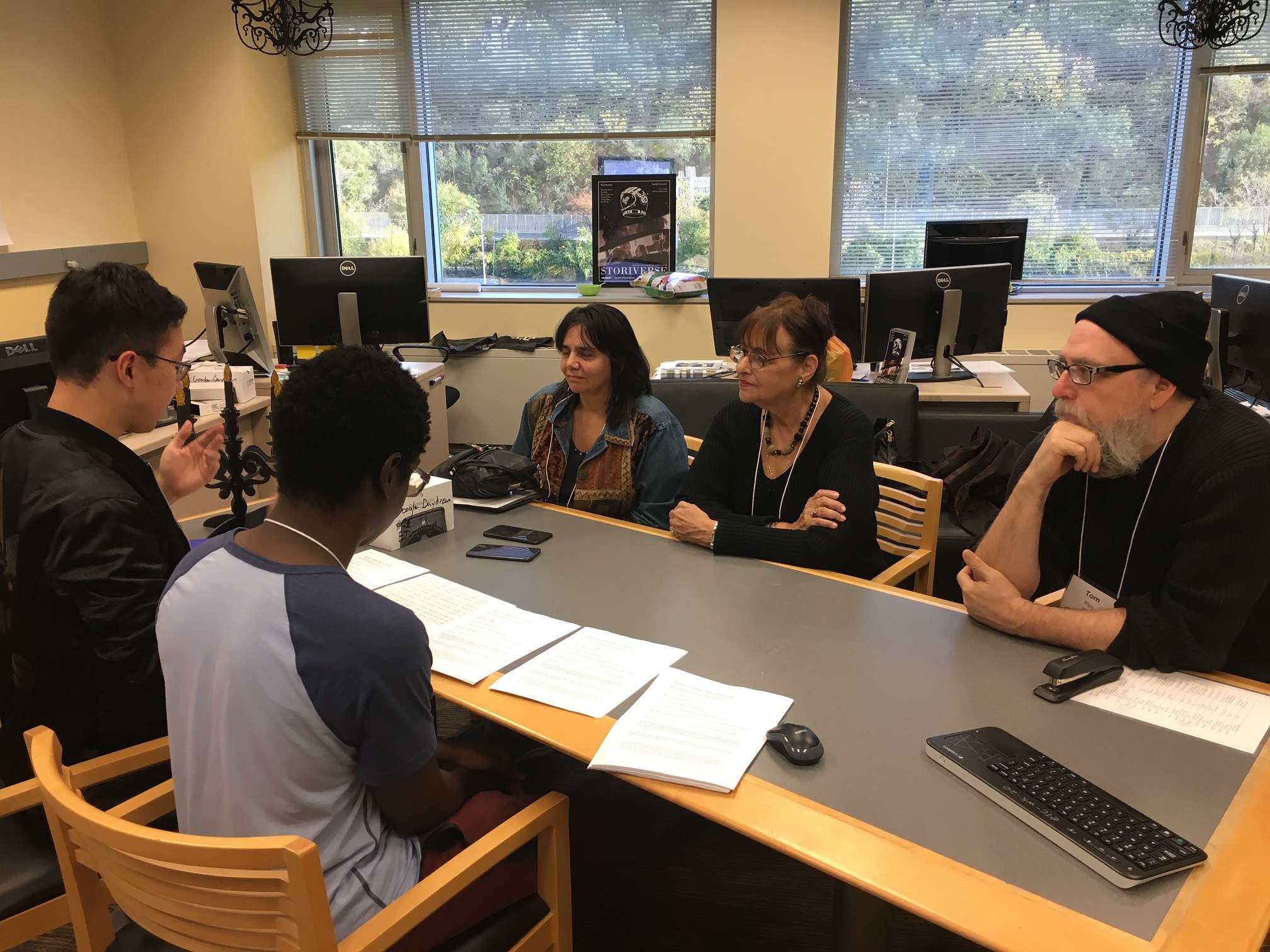
After that, we showed them Episode 4 of Relationship Status and walked them through our AR experience.
(Please refer to the video below to see the Playtest Day version of the prototype which we used for the session.)
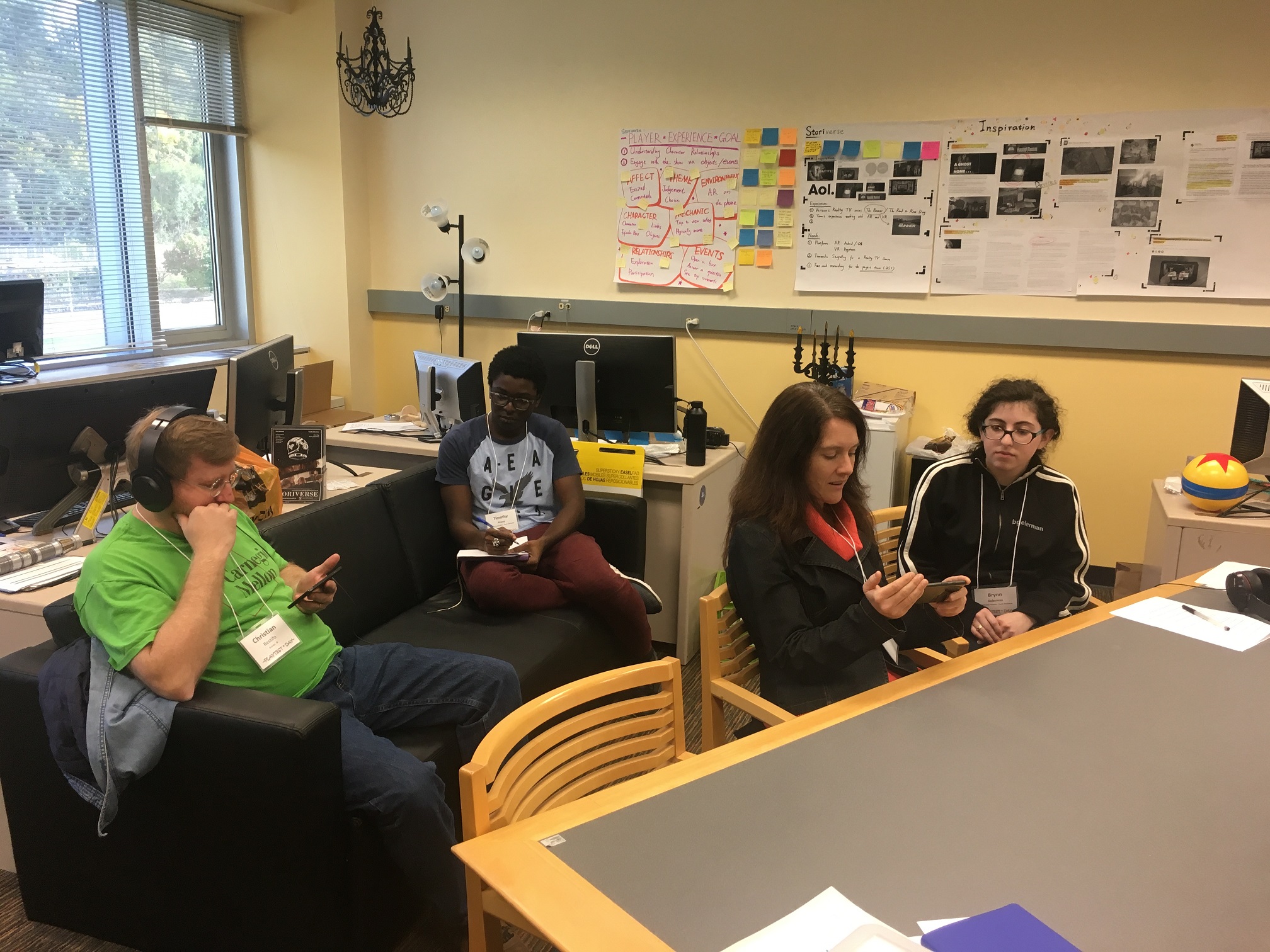

We followed up by asking them to share their experiences interacting with our prototype. We gathered lots of interesting and useful feedback to help inform our design changes and iterations.
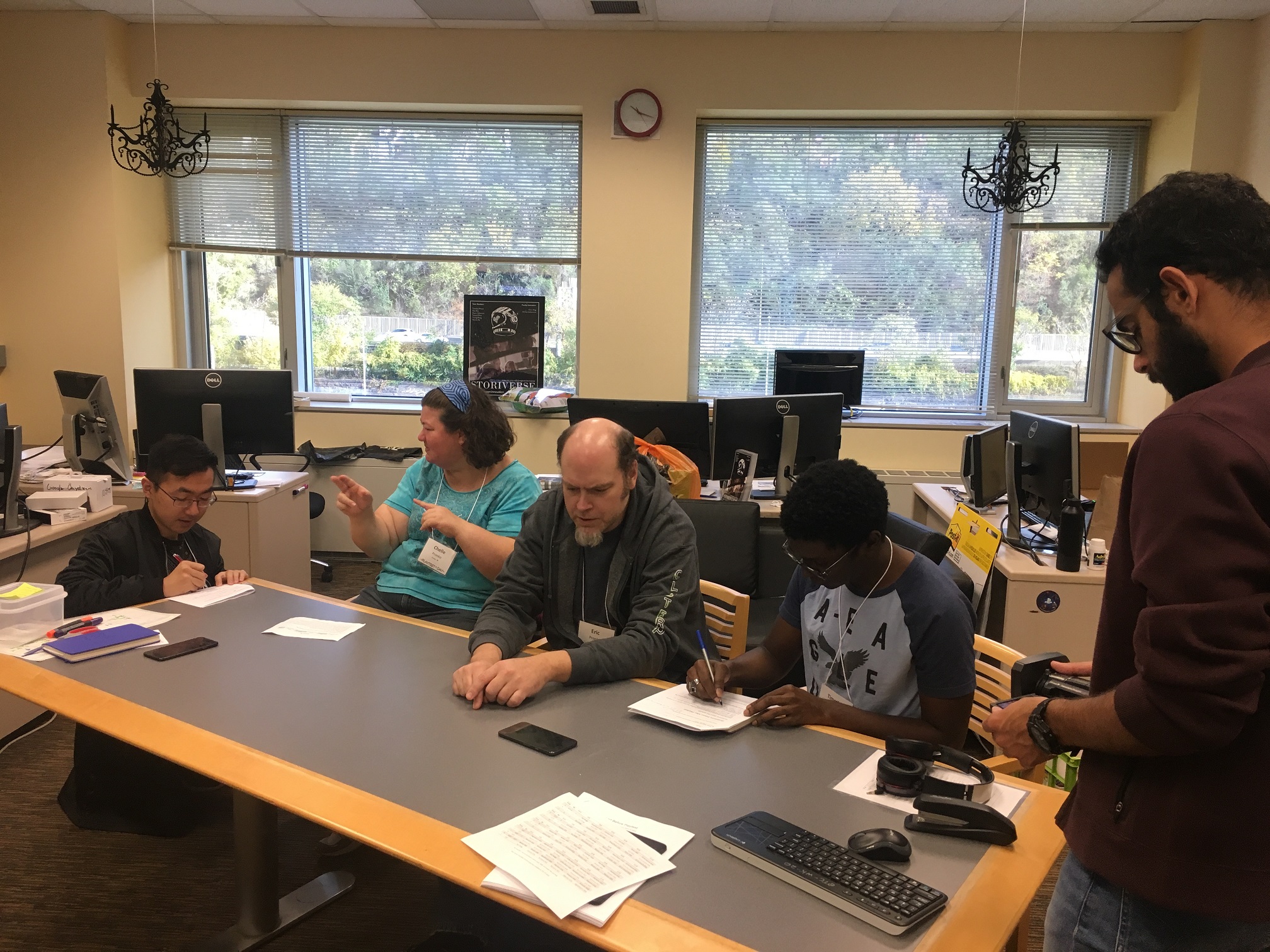
The major lessons we learned out of this playtesting session are:
- Users do not always have access to a surface to start this experience.
- Users don’t recognize or remember the objects from the show.
- The relationship map and the questions don’t seem to have any meaningful connections.
- There isn’t much to do after collecting the objects and answering the questions.
Based on our findings, we would be working toward another prototype in the coming weeks to address these issues and explore more possibilities.
See you next time!
